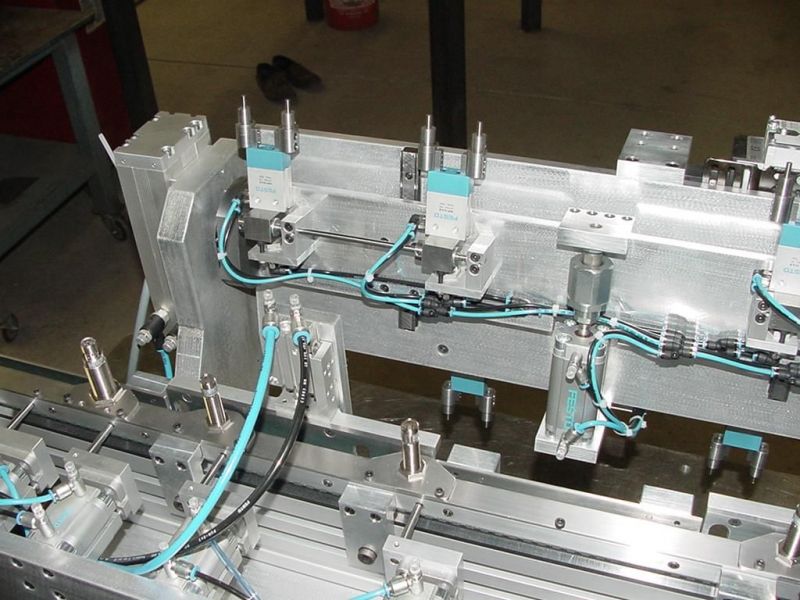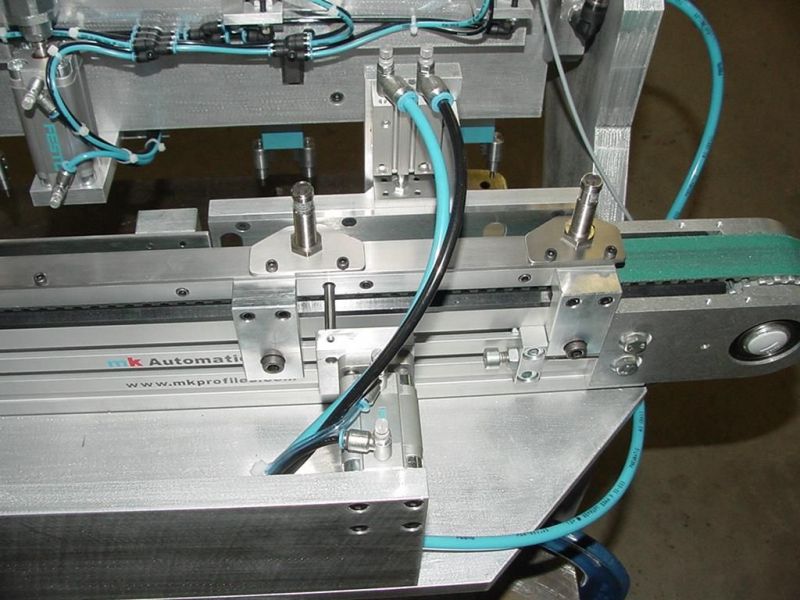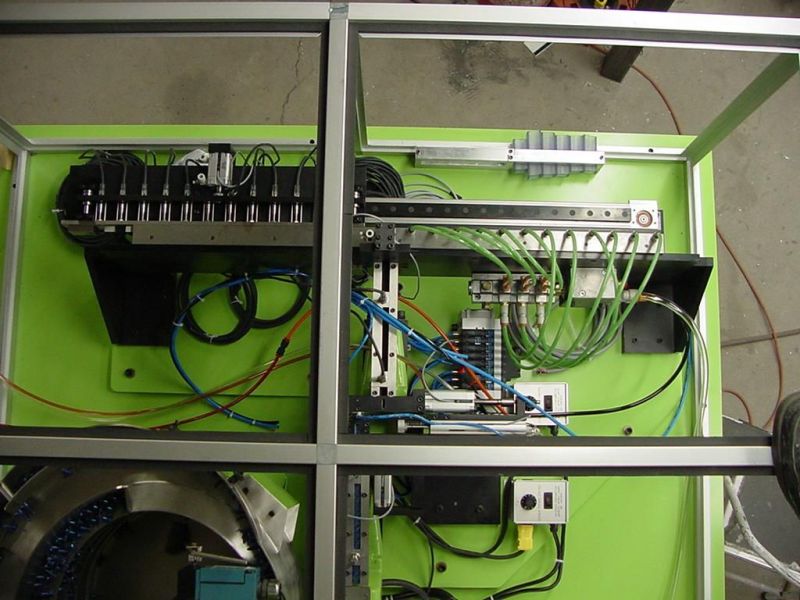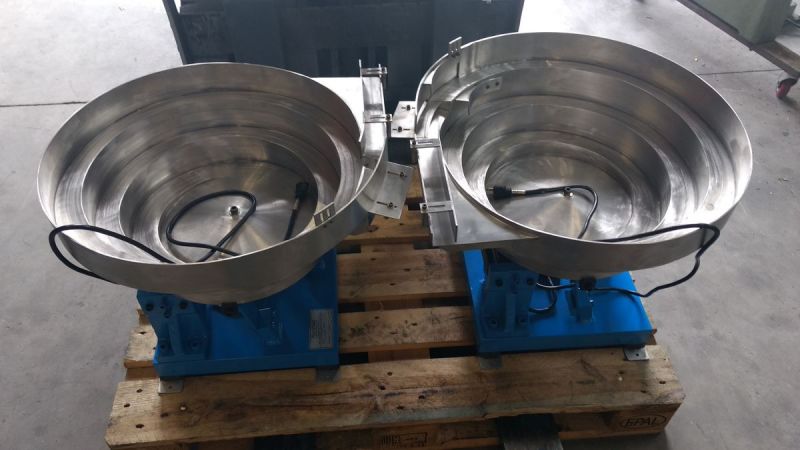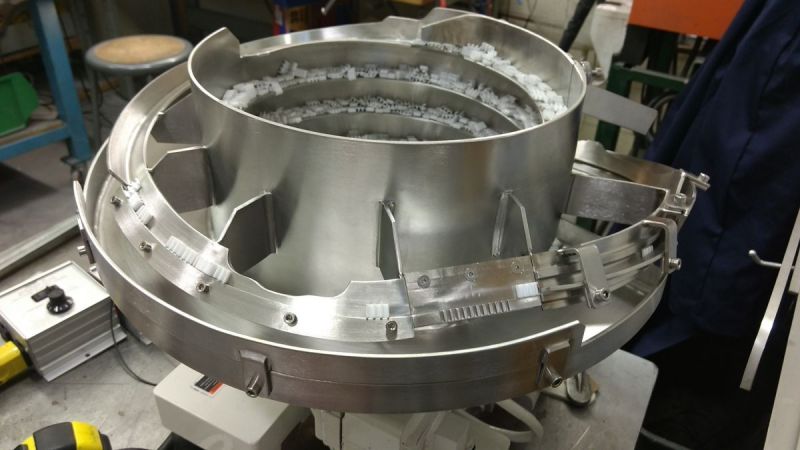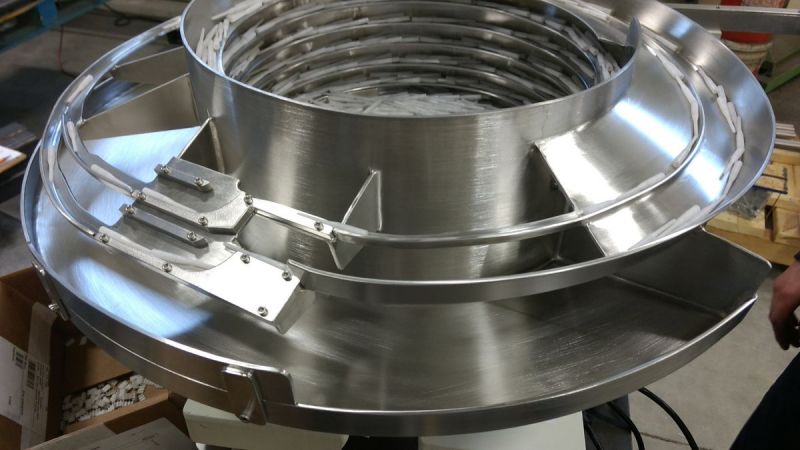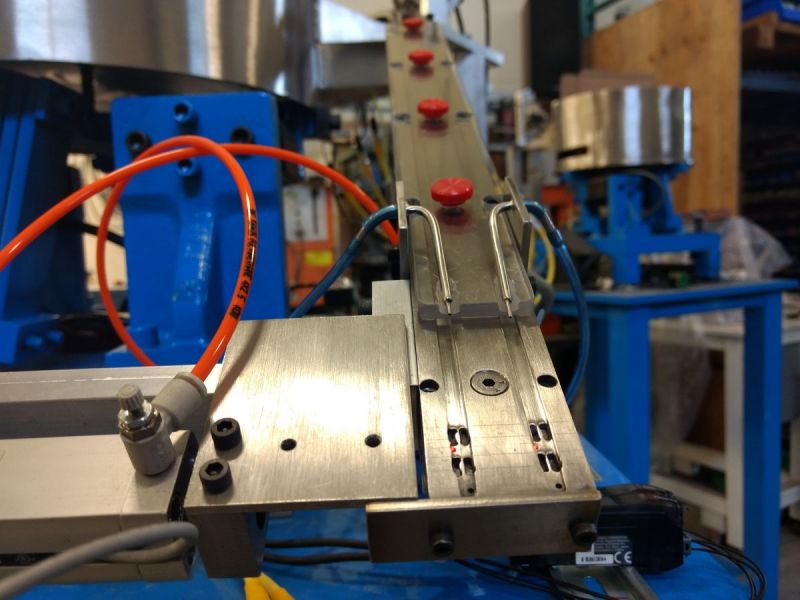- Call Now
-
905-648-8200
- [email protected]
MANUFACTURING & SERVICE ON ALL
FEEDER EQUIPMENT QUALITY & RELIABILITY
MANUFACTURING & SERVICE ON ALL
FEEDER EQUIPMENT QUALITY & RELIABILITY
Established in 1988, Autofeed has built a solid reputation for providing machine integrators and end users with the best in parts handling equipment and service.
With our broad customer base in North America and overseas, we have gained a vast amount of experience in many industries. From small, delicate electrical components, glass lamps and fine plastic mouldings, to large springs, castings and stampings, our highly skilled and creative staff have helped customers gain that competitive edge.
Bowl Feeders
Vibratory Feeders
Whether a vibratory bowl, a rotary orienting system or an elevator feeder is used for the application, the loading and discharge of the parts must be considered.Elevator
Quite often a part’s geometry, required feed rate and orientation make it practical to orient the part in an elevator unit. Parts up to 10” in diameter can be oriented in this type of system using magnetic, cleated steel chain or cleated belting to transfer parts to the orientation tooling. Orientation tooling sections are gravity, vibratory or conveyor driven.Rotary Orienting Feeders
Centrifugal or rotary orienting parts feeders are generally used where higher feed rates are necessary. They also generate less noise than a similar application in a vibratory bowl.Escapements and presentation nests
For many projects a blow feed system may be most useful. Singulated, oriented parts can be released and blown through round or custom extruded flexible hoses. Doing so allows oriented parts to be delivered to machine locations that may not have been otherwise accessible. Multiple discharges can be provided.
With pick and place or robotic part handling applications, we are able to build and integrate single part presentation nests. On demand, oriented parts are suitably separated from the flow of parts, to allow for a gripper to locate and grip, and remove them. Part present sensing is applied whenever possible to communicate the nest condition with the machine control.



